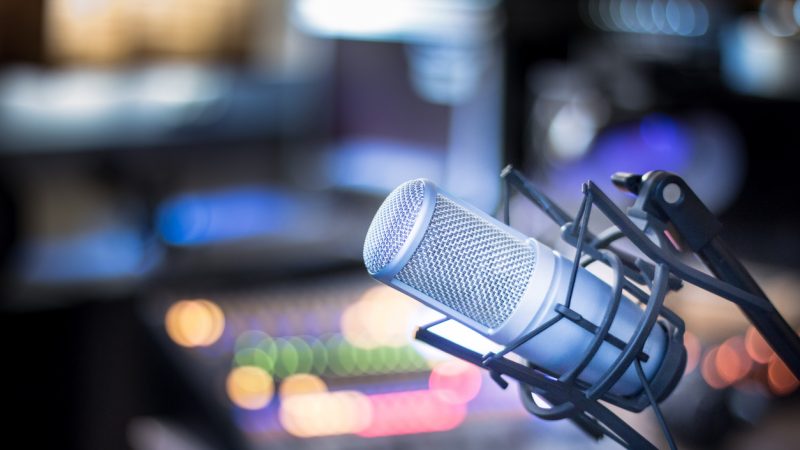CRA and ARN research points to bigger, and more engaged, radio audiences in response to COVID-19
23% of Australian adults are listening to more radio during COVID-19, according to figures compiled by GfK and released today by industry body Commercial Radio Australia (CRA).
The research has been unveiled ahead of this week’s GfK radio ratings survey two, which will be the last to report on the performance of radio shows and stations for a while. Earlier in the month, CRA announced it would be pausing the survey results because the necessary fieldwork, including in-person interviews and physical diaries, wasn’t safe during COVID-19 lockdowns across the country.

Radio surveys were put on hold earlier this month in response to COVID-19
Today’s research indicates that of younger people aged 18-34, 29% have increased their radio listening (compared to 27% of 35-44s, 20% of 45-54s, 15% of 55-64s and 16% of those aged 65+).


And yet ARN talent, who are earning around the average Australian wage (not the breakfast talent) are being asked to take a ‘voluntary’ 10% paycut or work annual leave days for free. ‘Voluntary’ because the next sentence after ‘you can say no’ is ‘but then we may have to look at redundancies’. A reminder that the ceo made 1.8m last year and kyle and jackie o are on $7-8m a year.